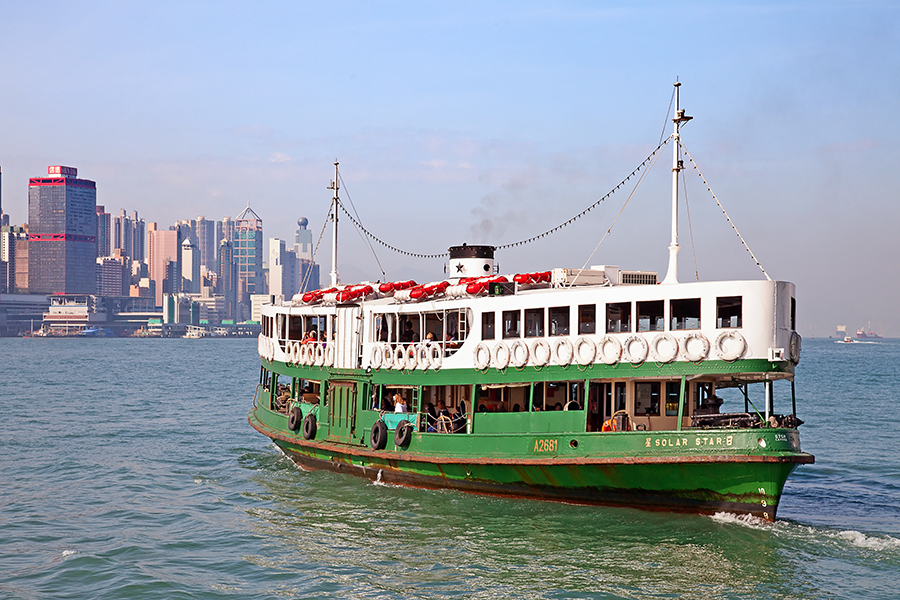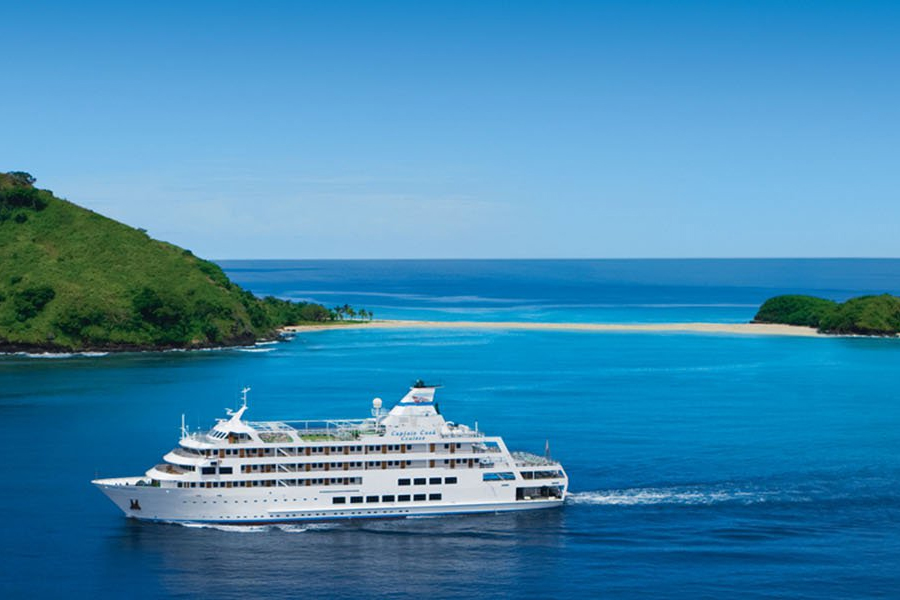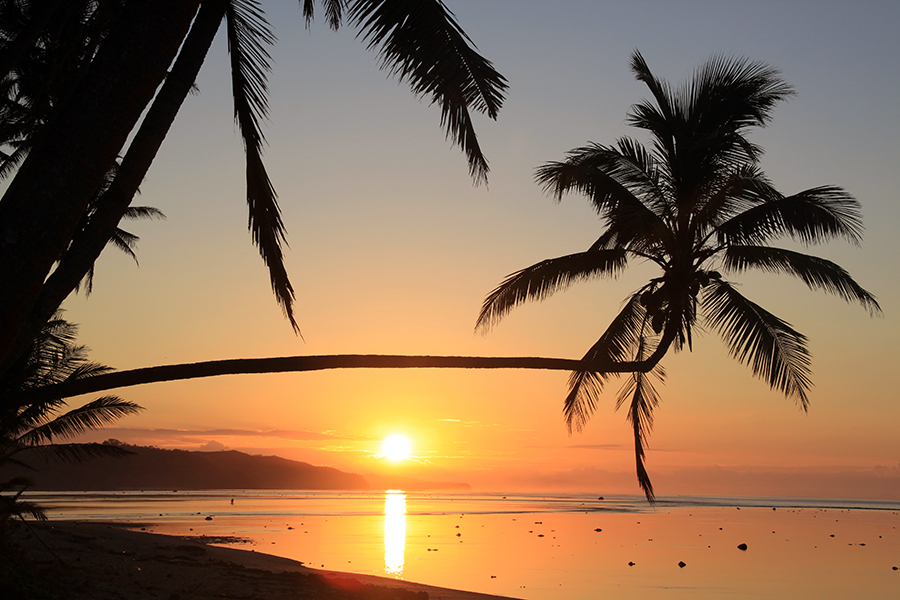As I write this, I’m back in ‘sunny’ Brighton coming to terms with my
post-holiday blues, the dull muscle ache a week on a not so friendly
reminder of my adventures (more of that later...)
When a friend decided to take a sabbatical after a stressful year at work, it was too tempting for me
not to gate crash part of it. So after a bottle of wine I invited myself on the last, to Indonesia.
Indonesia has been on my radar for some time after living in
Australia – it’s just 6 hours from Sydney, 3h 50 from Perth and only 2h
40 from Darwin. It’s a destination that caters for the masses without
you feeling like you’re with the masses...
When planning this 2 week trip I quickly realised Indonesia is huge -
17,508 islands, covering approximately 1,919,440 square kilometres and
three time zones. Narrowing it down, it turns out only about 6,000 of
the islands are inhabited and the main international airports are
Jakarta, Denpasar (Bali) and Lombok.
Bali
I was in two minds about the Bali beach resorts, cautious that they
might be to Australians what the Spanish Islands are to the Brits.
However, with just two nights at the Bliss Surfer Hotel in Kuta to meet
each other and recover, I was pleasantly surprised!
We headed to Legian beach first and scoped out the hotel with the
comfiest sun loungers and ordered our fresh fruit juices to set us up
for the day. Most hotels run a shuttle to get you around the town and to
the beaches, otherwise taxis are readily available and quite cheap –
just confirm the price before you get in, as I didn’t see any with
meters. There are plenty of food and drink options around and an
abundance of shops for the token Bintang t-shirt everyone sports.

Gili Islands
From Bali we moved on to the Gili Islands, somewhere I’ve dreamed of
visiting for years. We took one of the faster boats and paid slightly
more (about £30 each way). Our boat was smaller than I imagined and it
was quite rough at first so I hate to think how people on the boats £3
cheaper suffered!

Of the three main Gili islands, we opted to stay on
Gili Trawangan and although it’s renowned as the ‘party island’ this turned out to be more understated than I expected (thankfully!).
Gili Meno
is the smallest island in the middle of three and is grass roots
paradise. It can be expensive because of the limited resources, but
reportedly it has the best beaches. The final island is
Gili Air which is a happy medium and like Trawangan, has dive centres popping up everywhere.
Staying on Gili Trawangan
There are no vehicles on the Gili islands so transport is by foot,
bicycle or horse and cart – bliss! As we’re both keen divers, we stayed
at Trawangan Dive Centre but there is an abundance of independent
homestays, bungalows, villas, hostel dorm and private rooms and hotels,
apartments and the only Gili 5* hotel, so take your pick. You need to
book in advance as the islands get booked out, particularly in peak
season between June and September.

There are a host of local and international restaurants and bars and
food stalls along the main road. You can expect to pay about £1 for a
big bottle of water and a refreshing Bintang beer will only set you back
about £2-£3. There are cash machines on the island and some of the
restaurants take card as payment, but carry cash on you to get buy and
get off the beaten path a bit.
Indonesia is home to 12.7% of the world’s Muslim population, making
Indonesia the world’s largest Muslim country. As a result, the call to
prayer from one of the three mosques on Gili Trawangan can be heard all
over the popular east side of the island. It adds to the character and
charm of the island, but if you’d prefer a quieter location, its best to
stay on the north side of the island.
Day trips from the Gili Islands
Whilst in the Gili’s there are plenty of options to keep you active
(if that’s what you’re after). You could try paddle boarding, kayaking,
snorkelling, learning to free dive, yoga, jewellery making or cookery
classes, hire a bike to cycle around the island, explore the night
markets, listen to live bands, watch a film at the cinema in the
evening, and of course diving.
Diving options
If you’ve never dived before, Indonesia is a great place to learn.
The internationally recognised PADI qualification is much cheaper to
acquire here compared to what you would pay at home. Whether or not
you’re staying at a dive centre, if you have your certification you can
pick and choose when and where you dive. You pay per dive and most
places run three dives daily, with two on Fridays.

Dives prices are the same across the island - as set out by the Gili
Eco Trust. You will be asked to make a one off donation of IDR 50,000 to
support their work to protect the amazing eco system at your
fingertips, as it’s not funded or supported by the government. There’s a
turtle sanctuary on the island which was the highlight of our stay. Our
trip was ideal - the right place, right time and right situation for us
to see baby turtles being released back into the wild!
Komodo Island
If you have more time on the Gili Islands, try to visit Komodo
Island, the home of the Komodo dragon (a giant lizard) - making
Indonesia the only country in the world to house dragons! Exodus arrange
an
amazing tour including the dragons and also the sought after orang-utans in Indonesia which I can book for you.
Lombok and the Mount Rinjani climb
From Gili Trawangan we made the short hop over to Lombok, ready for
our Mount Rinjani climb. The volcano had been looming over us from Gili
Trawangan for a week and now came the time to face up to the second
largest mountain in Indonesia head on! Indonesia is a part of the
volcano group known as ‘The Ring of Fire’ and in volcano speak these are
active – Mount Rinjani was rumbling away in 2010. Be warned that the
paths up the volcano are closed during the wet season (roughly
December/January – March/April), so make sure you take this into account
when planning your trip.

This climb certainly isn’t for the faint hearted. I admit to
nurturing trekking arrogance after conquering Mount Kinabalu in Borneo
last year, but despite Rinjani being 370m lower at 3726m – it is harder
by far. You can choose between a two or three day route, or even opt to
spread the three day trek over four. I would definitely recommend the
longer treks to give you the chance to head down to the lake and hot
springs (the perfect medicine for tired muscles) and camp on the other
side of the crater, the views from here are breath-taking looking across
the volcano to the summit.

You can also choose which way round you trek from Sembalun to Senaru
or vice versa, but I would recommend starting in Sembalun as it means
you start at a higher altitude. The first day eases you in and then you
climb to the summit on day two when you still feel almost fresh. Day
three is an ‘easier’ downhill through the forest where you get lots of
much needed shade.
Make sure you pack a head torch, warm clothes (it gets really cold at
night at altitude), and walking poles are a massive bonus, but these
can be borrowed from most of the trek companies so you don’t need to lug
them around.

This is definitely an experience not to be missed but be warned; you
will ache for a few days at least, so make sure you plan in some serious
R & R afterwards! We relaxed at the
Rinjani Lodge in Senaru
– a gem of a find (which will be incredibly popular once everyone
discovers it). The lodge opened in April 2014, so I believe the website
is still in the making, but it can be booked through the trek companies
locally. It’s a mountain retreat with pure luxury, including an outside
bathroom and incredible views across the hills, all for only about £35 a
night!
Ubud, Bali
From Lombok, we returned by boat to Bali and on to Ubud, the artistic
and spiritual heart of Indonesia. I had heard rave reviews, but Ubud
still exceeded expectations. Here you can wile away your days getting
into some yoga, having one beauty treatment after another or wandering
the streets popping in and out of the shops and art galleries.
We stayed at the
Alaya Ubud, and what a high to
finish our trip! The service here is second to none and the location is
great – you can walk into town whilst still having the peace and
serenity looking out over the rice paddy fields.
If you’re a foodie like us, it would be a crime not to visit the restaurant
Locavore. Make
sure to book in advance as it is booked up most nights of the week. The
concept of this restaurant is to use locally sourced ingredients and
support the local farming community – the result is world class food.
It’s not cheap by Indonesian standards (about £30 - £45 a head), but you
certainly won’t be disappointed. The seven course tasting menu will
forever more remain a bench mark to judge future meals!
My thoughts on Indonesia
Indonesia will firmly remain on my to-do list, so I can give some
much-deserved time to the 5997 islands I missed on this trip. I cannot
recommend a visit here highly enough, whether as a holiday or part of a
longer trip. It’s not quite as cheap as other parts of South East Asia
like Thailand, Cambodia and Vietnam but it’s still not hugely expensive –
easy to visit on a back packer budget or get luxury for a real steal!


















